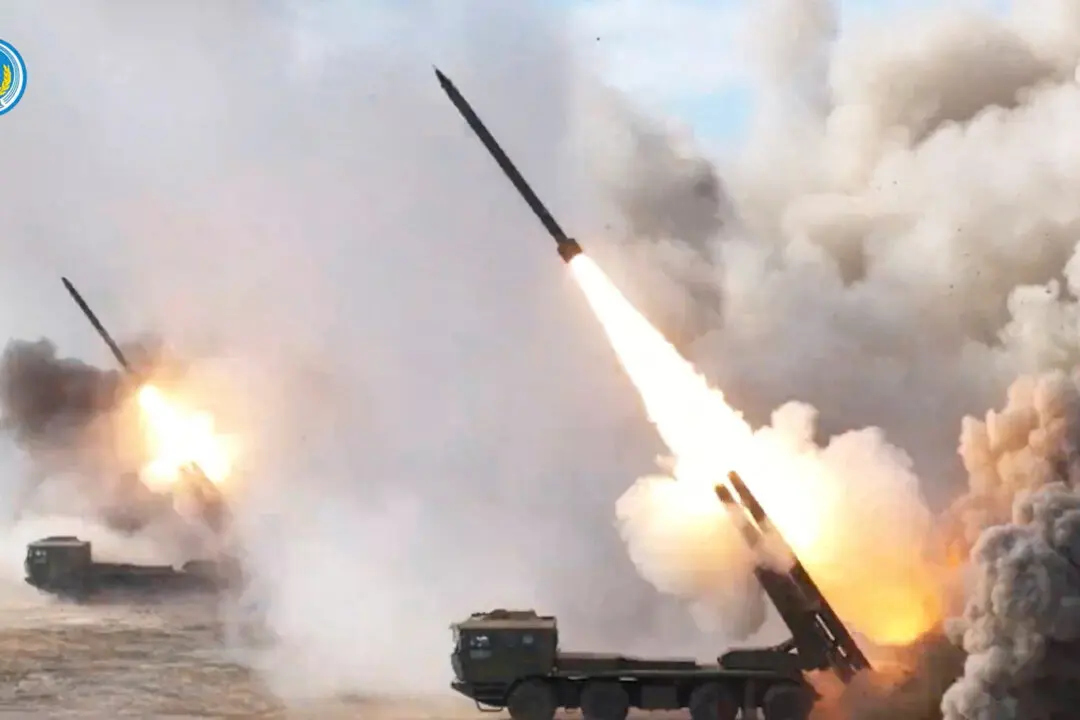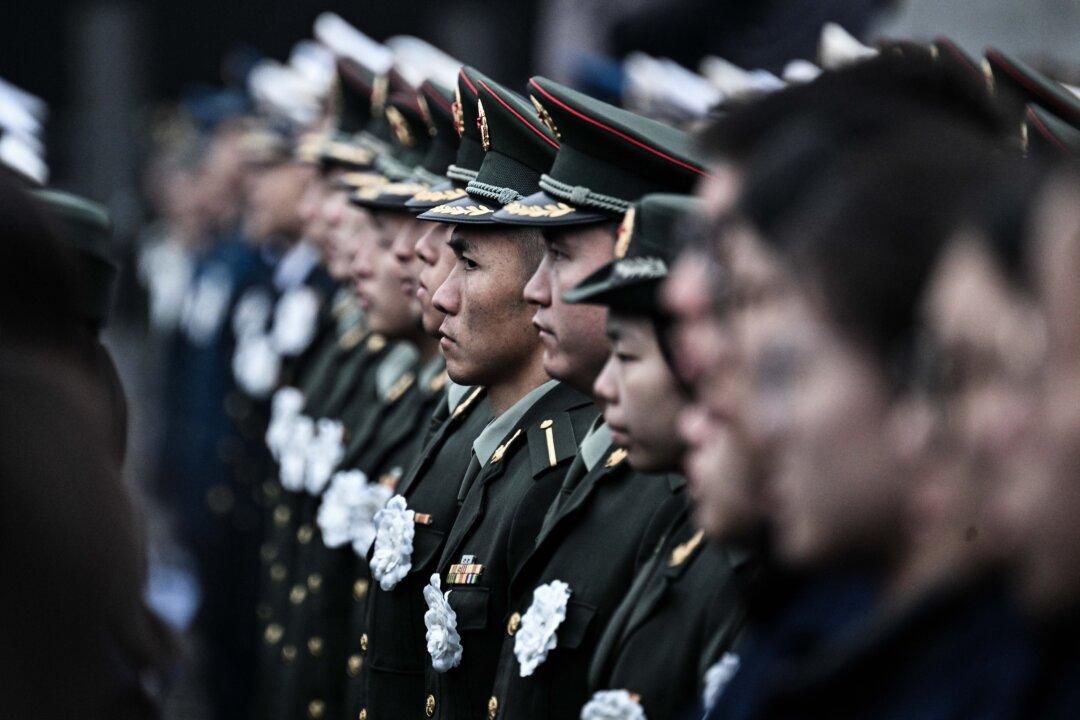Power cuts and blackouts, which initially halted production at Chinese factories, have spread to homes in the northeast part of the country, triggering accidents and major disruptions to daily life.
Official explanations of the country’s widening power shortage, now affecting several regions across the northeast, have been scant. Jilin Province blamed a shortage of coal supplies and increasing demand from industries pushing the coal price to a record high; other provinces haven’t provided details.




